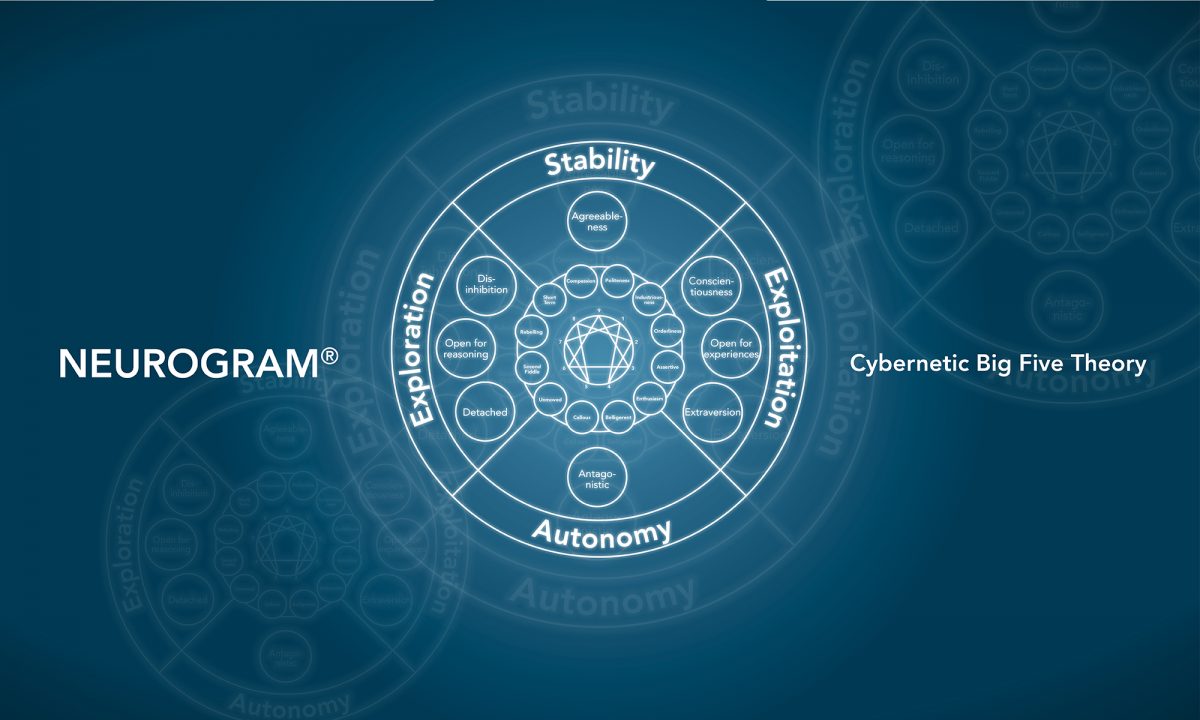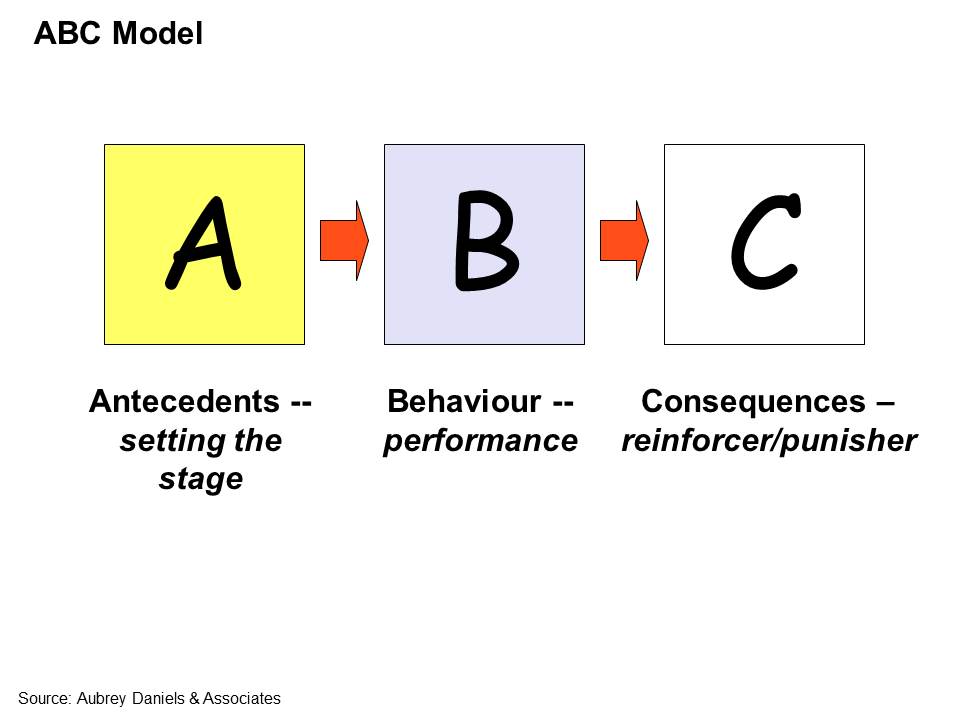Evolutionary learning is actually not the right name for the subject. Because evolution is too slow to bring about a change during your life. But that in no way means that evolution does not play a major role in our lives. Our brain is in fact formed by evolution. In both associative and instrumental learning , we assume that we learn from our environment. But both assume that we are born with a blank learning machine. Only nothing blanks arise from evolution. This means that there can be no question of a blank learning machine. Instead, our brain has already been formed by evolution.
You can see this in our evolutionary behavioral patterns. Cybernetic Big Five Theory (CB5T) shows exactly how the biological structure of our brain influences our emotions, our motivation and our learning. Without knowledge of this structure, it becomes a lot more difficult to bring about major changes in people. When you know the CB5T structure, it becomes easier to influence someone because you know what motivates them, how they learn and how they deal with their emotions.
So while you cannot influence the biological structure of your brain, knowledge of it is very important for influencing other people. With CB5T you are able to connect exactly to the way the other person experiences the world. Without this it means that you have to become the same as the other. CB5T shows that this is unwise because you try to behave in such a way that does not suit your brain. Instead, with CB5T you can understand why other people are different and how valuable it is that we differ from each other.
That is why we will soon be organizing the free Webinar Evolutionary Learning about Cybernetic Big Five Theory. During this webinar you will learn:
- The four most common behavioral patterns of people.
- The Eight Evolutionary Behavioral Patterns of Cybernetic Big Five Theory.
- The nine different brain types this yields.
In short, register for this webinar and learn how people put their brains together and how you can discover this based on their behavior. As said, participation is completely free. We only ask you to fill in the form below so that we know how many participants we can count on:


